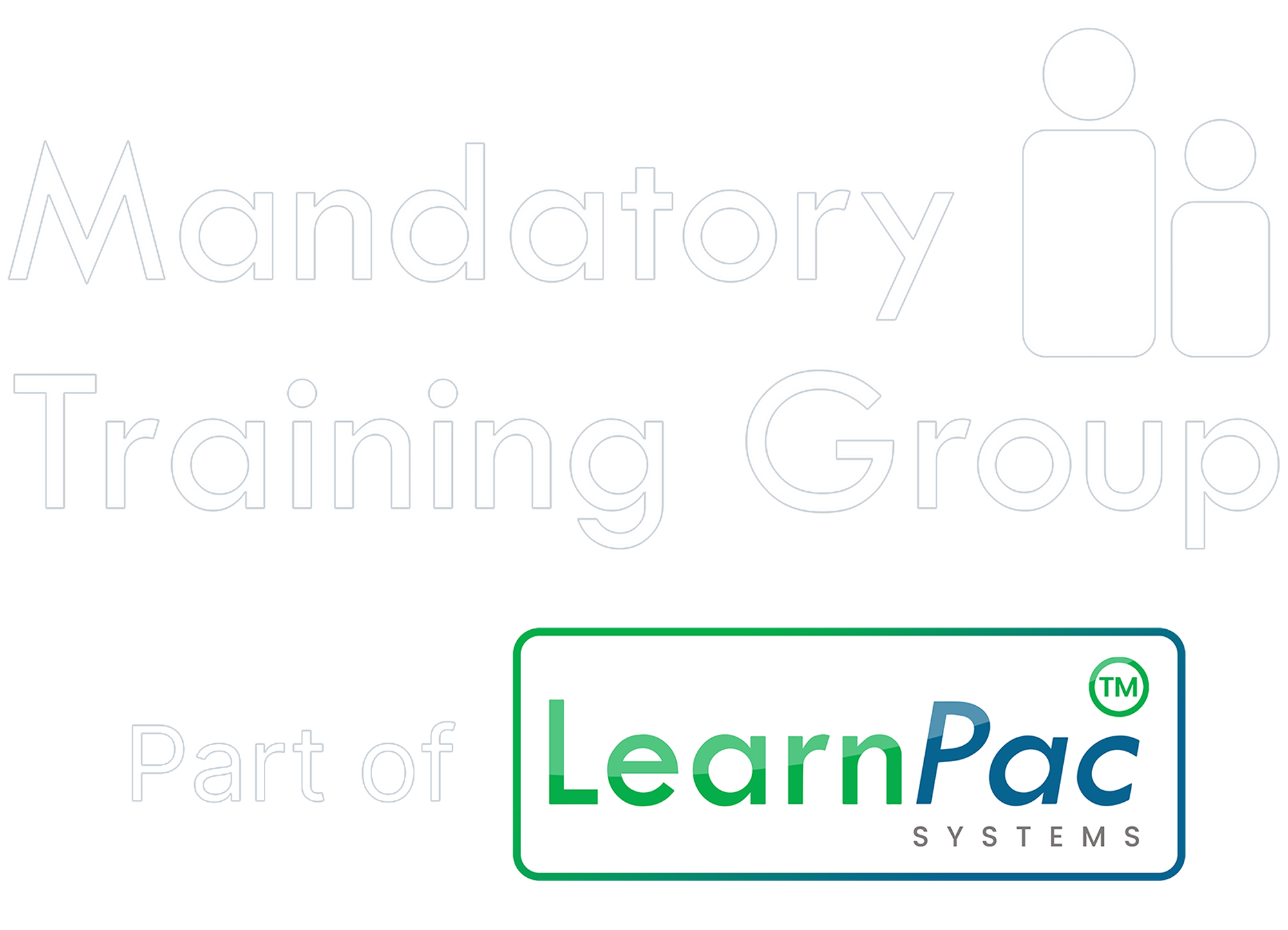You have no items in your shopping basket.
Dr Richard Dune
15-08-2025
CPD in health and social care
Image by Rawpixel via Envato Elements
Why Continuing Professional Development (CPD) must be embedded into governance, compliance and workforce development
Last week on our ComplyPlus™ Presents podcast, we discussed a topic that affects every single health and social care professional: Continuing professional development (CPD). Since the episode aired, we’ve had a wave of follow-up questions from providers, managers, and practitioners who want to make CPD more strategic, less reactive, and fully integrated into their governance and compliance frameworks.
In this blog, Dr Richard Dune expands on that conversation, demonstrating how CPD, when integrated with digital compliance systems, accredited training courses, and robust governance structures, can evolve from a tick-box exercise to a genuine driver of quality, safety, and regulatory compliance.
What does CPD mean in health and social care?
CPD in health and social care is not just an annual course or a last-minute panic before revalidation. It is the continuous, intentional process of maintaining, developing, and enhancing the knowledge, skills, and professional behaviours required to provide safe, effective, and up-to-date care.
Core components of CPD
The core components of CPD are:
- Structured learning - Accredited training courses, workshops, conferences
- Informal learning - Peer case discussions, work shadowing, on-the-job training
- Reflective practice - Analysing learning, identifying application, and evaluating outcomes.
Why is CPD essential?
CPD is crucial in the health and social care sector because:
- The sector evolves rapidly: new treatments, new policies, new technologies
- Gaps in knowledge can lead to serious compliance breaches and harm
- Professional bodies and regulators require it by law or registration rules
- It supports workforce development and boosts confidence.
CPD is not about collecting certificates but about changing practice, improving care quality and outcomes.
The regulatory and legal context for CPD
Many enquiries after our podcast focused on whether CPD is actually mandatory in health and social care. The answer is yes - both regulatory compliance software audits and legislation confirm it.
Legislative and regulatory requirements
There are various legislation and regulations that require the need for continuing learning and development, including:
- Health and Social Care Act 2008 (Regulated Activities) Regulations 2014 - Regulation 18 requires staff to be competent and supported to develop
- CQC Fundamental Standards - providers must show that statutory and mandatory training is ongoing and aligned with safe care delivery
- Care Standards Act 2000 - where applicable, mandates training for service quality
- NHS Contractual Requirements - CPD is often written into commissioning agreements.
Professional body CPD requirements
Health and social care professional bodies also require all their registrants to undetake CPD activities in line with their roles, including:
- NMC - 35 hours every 3 years, with at least 20 participatory
- HCPC - No set hours, but evidence and audit readiness required
- GMC - Annual appraisal includes CPD review against Good Medical Practice
- GDC - Structured cycles with core topic requirements and learning outcome evidence.
If you can’t demonstrate CPD during a CQC inspection or regulator audit, you risk non-compliance and this can directly impact your inspection rating.
What counts as valid CPD and what doesn’t?
A common theme in our podcast follow-ups was confusion over what is valid CPD and what is not. The rule of thumb:
“If a CPD activity is relevant to your role, has learning outcomes, is evidenced, and is reflected on, then it counts.”
“If a CPD activity is relevant to your role, has learning outcomes, is evidenced, and is reflected on, then it counts.”
- Dr Richard Dune
- Dr Richard Dune
What are valid CPD activities?
Below are some of the valid CPD activities that are accepted by regulatory and professional bodies:
- Accredited e-learning via a learning management system (LMS)
- Scenario-based statutory and mandatory training
- Peer review sessions and mentoring programmes
- Conferences, workshops, and seminars with defined outcomes
- Developing or delivering accredited training courses
- Reading and reflecting on industry research or case studies.
What doesn’t count as CPD?
The following activities do not count as valid CPD activities:
- Watching a random video with no reflection or evidence
- Passive attendance with no learning applied
- Buying “instant” certificates from non-reputable sources.
The CPD cycle - A governance perspective
From a governance and compliance standpoint, CPD should follow a documented cycle, ideally monitored through a training management system (TMS) and digital compliance software:
- Identify - Assess learning needs via supervision, audits, service user feedback
- Plan - Schedule accredited training aligned with regulatory frameworks and service goals
- Act - Complete learning activities
- Record – Log participation in a secure document repository with version control
- Reflect - Analyse impact on practice
- Evaluate - Review CPD effectiveness in governance meetings.
Tracking and evidencing CPD for compliance
Inspection-ready CPD evidence is essential. Using digital compliance systems ensures CPD records are:
- Centralised - All certificates and logs stored in a secure, searchable document repository.
- Accessible - Cloud-based access for both frontline staff and managers
- Audit-ready - Instant reporting for CQC, NMC, HCPC or commissioner audits
- Integrated - Linked to your policies and procedures so learning is embedded in governance.
Our ComplyPlus™ LMS and TMS automate certificate storage, track statutory and mandatory training renewals, and send expiry reminders, eliminating last-minute scrambles.
CPD for the whole workforce
Following the podcast, one of the biggest surprises for some readers was that CPD is not just for regulated professionals. In adult social care, the majority of the workforce is unregulated, but still must be competent.
Core topics for all health and social care staff
The following are the core topics for all health and social care staff:
- Safeguarding (Adults and Children)
- Moving and handling
- Infection prevention and control
- Equality, diversity, and human rights
- Conflict resolution
- Fire safety
- Health, Safety and Welfare
- Infection Prevention and Control
- Information Governance and Data Security
- Preventing Radicalisation
- Resuscitation
CQC inspectors expect to see role-specific training records for every staff member, regulated or not. That’s workforce development, and it’s part of compliance.
Common CPD challenges
We heard consistent themes in the feedback:
- Time pressure - No protected learning time
- Confusion over validity - Uncertainty about what counts
- Last-minute compliance panic - Gaps only spotted before inspections
- Low-value training - “Tick-box” courses that don’t change practice
- Poor record-keeping - Fragmented or missing CPD logs.
Best practice for strategic CPD
The following are the best practices for strategic CPD:
- Schedule protected learning time in staff rotas
- Blend learning formats - online, in-person, and experiential
- Link training to service outcomes and CQC KLOEs
- Use digital compliance systems to centralise records
- Incorporate reflection into supervision and appraisal.
When CPD is embedded in policies and procedures, tracked in regulatory compliance software, and linked to governance reviews, it stops being reactive and starts driving improvement.
The ComplyPlus™ CPD tracker - Closing the gap
We developed the ComplyPlus™ CPD Tracker after seeing:
- Providers failing inspections due to incomplete CPD evidence
- Professionals under stress during revalidation
- Missed opportunities for workforce development because CPD tracking was fragmented.
Features
- Automatic logging when you complete accredited training
- Secure certificate storage in a document repository
- Participatory vs. self-directed learning categorisation
- Regulator-ready reports for inspections, audits, or revalidation
- Cloud access for updates on any device.
Benefits
- Inspection readiness - No more last-minute evidence hunts
- Compliance confidence - Meets regulator and CQC expectations
- Time saved - Less admin, more focus on care delivery
- Whole-team visibility - Managers see learning gaps instantly.
Final thoughts - CPD as a core compliance function
CPD is not a side project but a regulatory requirement, a governance function, and a quality improvement tool. When aligned with digital compliance systems, policies and procedures, and statutory and mandatory training, it strengthens every part of your organisation.
The difference between CPD as a tick-box and CPD as a transformation tool is integration into governance, compliance, and daily practice.
Take control of your CPD and compliance with ComplyPlus™
At The Mandatory Training Group, we’ve developed the ComplyPlus™, our regulatory compliance management software designed to:
- Centralise your CPD records in a secure document repository
- Track statutory and mandatory training via an integrated LMS and TMS
- Generate regulator-ready CPD and compliance reports in seconds
- Link learning to policies, procedures, and governance frameworks.
Explore the ComplyPlus™ suite:
- ComplyPlus™ E-Learning Courses (CPD-accredited online courses)
- ComplyPlus™ Compliance Centre - Live dashboards, inspection readiness
- ComplyPlus™ LMS - Sector-specific learning management system
- ComplyPlus™ TMS - Internal training tracking & CPD audits
- ComplyPlus™ Policies & Procedures - Fully editable & CQC/Ofsted-ready
- ComplyPlus™ Legal - Contracts, employment docs, and HR templates.
Learn more about how ComplyPlus™ can make your CPD and compliance inspection-ready.
When you embed CPD into your governance systems and use the right digital tools, it becomes simpler, more strategic, and more impactful, improving compliance, workforce development, and ultimately, care quality.
About the author
Dr Richard Dune
With over 25 years of experience, Dr Richard Dune has a rich background in the NHS, the private sector, academia, and research settings. His forte lies in clinical R&D, advancing healthcare technology, workforce development, governance and compliance. His leadership ensures that regulatory compliance and innovation align seamlessly.

Contact us
Complete the form below to start your ComplyPlusTM trial and transform your regulatory compliance solutions.





